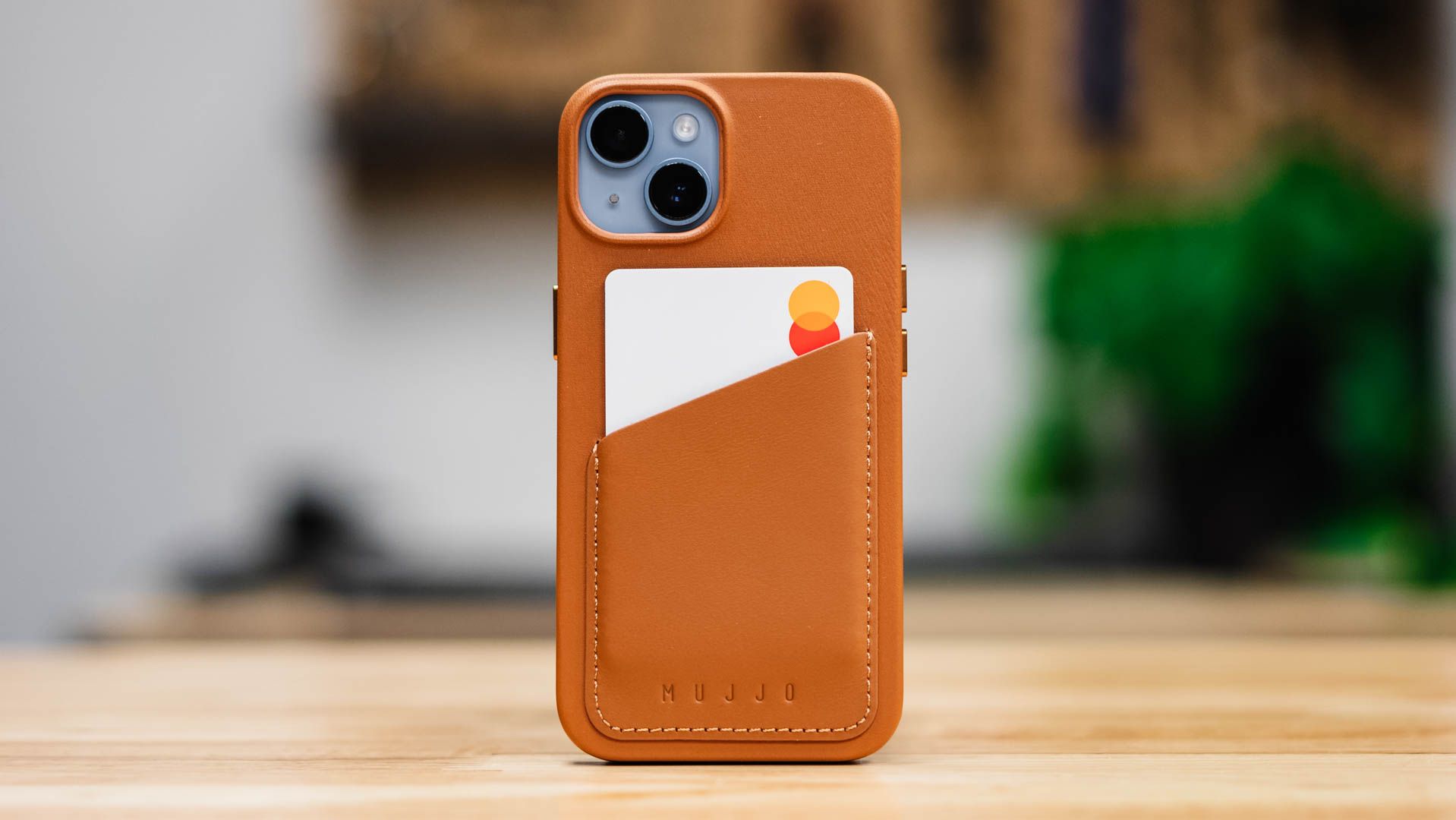You might be tempted to bring your buddy, your roommate, or your good work acquaintance into your Apple Family Sharing group, but should you? Just because you have six “seats” to fill, does that mean they should go to people who aren’t actually family?
Apple Family Sharing Is Private, but Not That Private
Apple Family Sharing still gives you control over your content, so that family members who aren’t meant to see specific photos, calenders, or purchased content won’t be able to. However, the privacy features of Family Sharing have been designed under the assumption that everyone in the group is actually family.
It’s easy to accidentally share your location with family members, which is usually no big deal, but you probably don’t want to do that even with a very good friend. Likewise, you don’t want strangers seeing your purchase history.
It’s Never a Good Idea To Share Credit Card Access
As the family group organizer, you set up a shared payment method, and any payments for your family go through that card. So you have to trust that the person you add to your family group won’t abuse the privilege. You can activate the “Ask to buy” option, which means you’ll be bugged every time someone tries to make a purchase, but that’s usually something you’ll impose on children. So, if you really want to add a non-family member, be prepared to confront any lingering trust issues you might have.
It’s your money, of course, but waking up to find that someone has spent hundreds of dollars buying mobile game currency, or several seasons of The Real Housewives is not only shocking, but annoying to have to explain to customer support or your bank.
There Are Ethical Questions at Play
Unlike some other companies that offer family plans, Apple doesn’t police who you consider family. You don’t have to live in the same location, and they won’t stop you from adding just about anyone to the group. However, there is such a thing as an honor system. Family Sharing was designed to let households save money, and easily control all their Apple-related stuff in one central place.
Adding friends instead of family members goes against the purpose and nature of Family Sharing, and if you’re doing it to save someone $5, it seems like you should just tell them to pay the $5 instead, instead of creating a hassle for your family group.
You Can Change Who Your Friends Are, Not Your Family
Friendships come and go. There’s a good chance that someone who’s a good friend today, might drift away or have a falling out with you tomorrow. Which means, when you kick them out of the family group, you’ll cut them off from content and purchases. If you paid for everything, it might not be a big deal, but if you accepted money for their purchases, that does raise some issues. Do you refund them? Do you just leave them as part of the family group even when you’re no longer friends?
The details are obviously up to you, but it seems easier and far less problematic to simply stick to only including close family members in your Apple Family Sharing group. Of course, some friends are so close that they might as well be family, and we can become estranged from family members too, so you’ll have to assess things on a case-by-case basis.
The real takeaway is that you shouldn’t treat membership in your family group lightly, and spend some time thinking it through, before you let someone who’s really no more than a passing acquaintance in.





